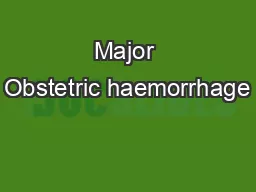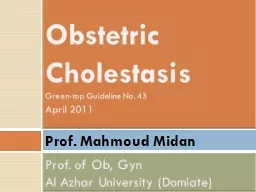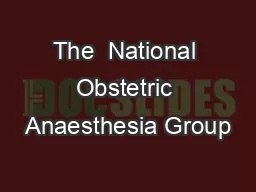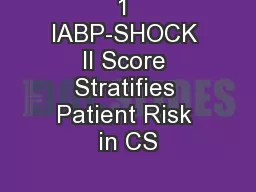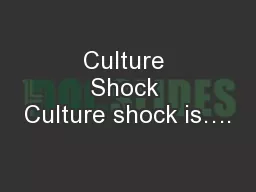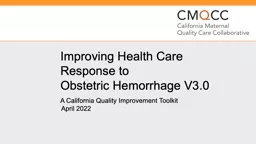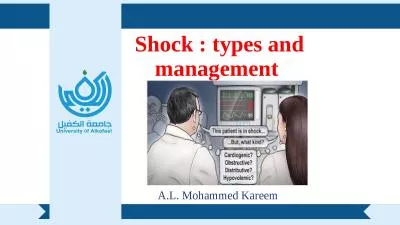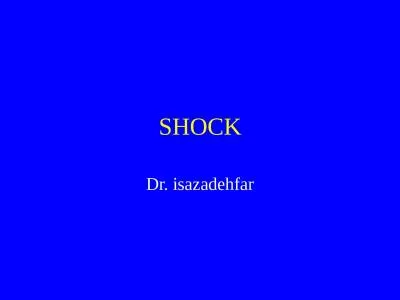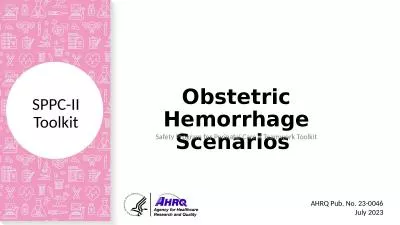PPT-Shock in the Obstetric Patient
Author : fauna | Published Date : 2024-01-03
William Schnettler MD FACOG Wschnettler TrihealthCriticalCareOB Next Events October 16 2017 CCOB Team Meeting 5 pm GSH February 24 2018 CCOB 3 GSH DISCLOSURES
Presentation Embed Code
Download Presentation
Download Presentation The PPT/PDF document "Shock in the Obstetric Patient" is the property of its rightful owner. Permission is granted to download and print the materials on this website for personal, non-commercial use only, and to display it on your personal computer provided you do not modify the materials and that you retain all copyright notices contained in the materials. By downloading content from our website, you accept the terms of this agreement.
Shock in the Obstetric Patient: Transcript
Download Rules Of Document
"Shock in the Obstetric Patient"The content belongs to its owner. You may download and print it for personal use, without modification, and keep all copyright notices. By downloading, you agree to these terms.
Related Documents


